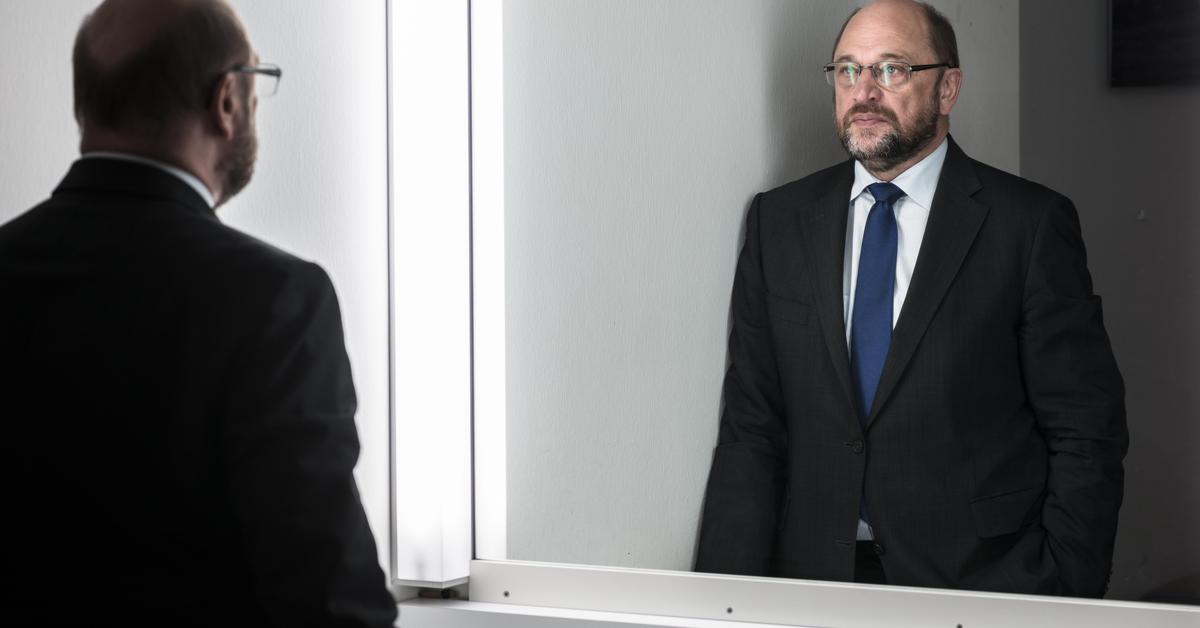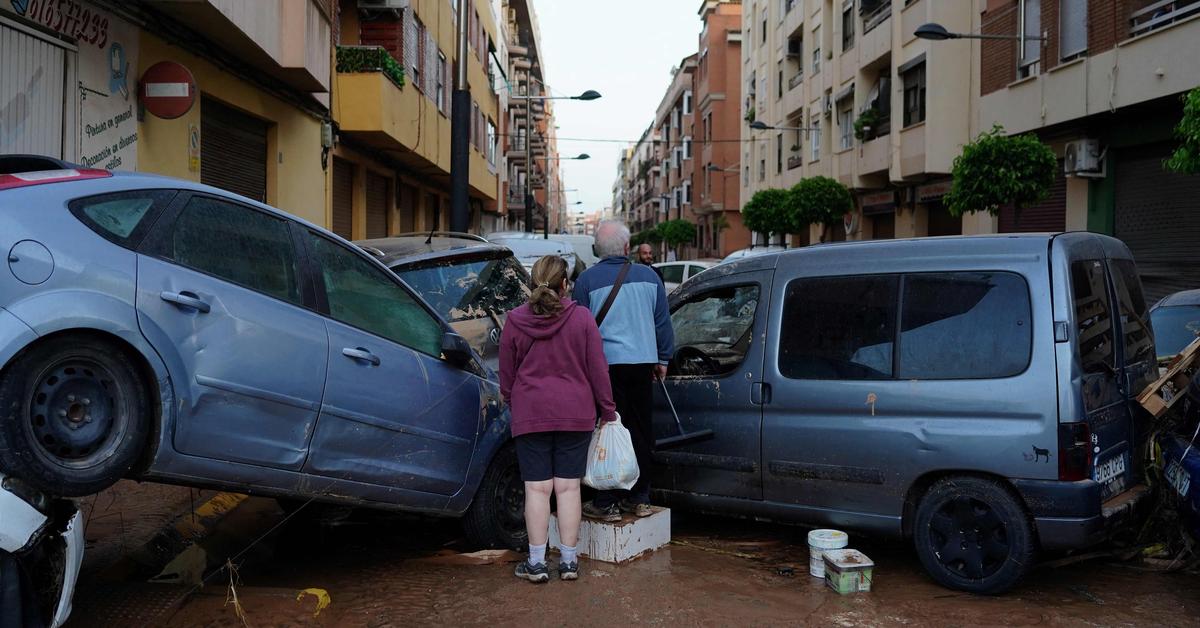Published on 8 October 2024 at 09:05 / © 5-minute photomontage/Canva
Avatar
Avatar
Klagenfurt University wants to help students discover everyday meaning in mathematics.
Klagenfurt University wants to help students discover everyday meaning in mathematics.
“When do I need this in real life?” Many students have probably asked themselves this question in mathematics class. The “MatheConnect” project at Klagenfurt University aims to provide an answer.
How can mathematical content in lessons be usefully linked to socially relevant topics? This question has been asked not only by teachers and textbook authors as well as education researchers, but also recently by students in the brilliant science project “MatheConnect”.
Take students' lives into account in mathematics lessons
“Many students ask themselves what mathematics has to do with their lives. At the same time, we also know from studies that it makes sense to take students’ lives into account in mathematics lessons.” Daniela Stivelic (Institute of Mathematics Education, University of Klagenfurt). With the “MatheConnect” project, he also uses a research team, including project manager Daniela Stivelic Sandra Fizer As a project employee, the experience of students from BG St. Martin/Villach as Citizen Scientists: Their purpose is to help identify interdisciplinary topics that are relevant to life and can be integrated into mathematics lessons. The research questions will be worked on in close collaboration with students from two senior school classes (grades 10 and 11).
Linking students’ interests with mathematical topics
“The first step in the project is for the students in the citizen scientist classes to think about or design appropriate survey methods to investigate the interests of students at different school levels, because we believe that young people have completely different ideas how to reach their age group or even younger students,” explains Daniela Stivelic. In the next step, these survey methods will be used to identify social topics and in the second stage, the project team will link these topics to sports content and create appropriate educational materials. “Finally, we want to evaluate the materials that have been developed. “Citizen scientists not only provide feedback themselves, but they also conduct interviews with other students and mathematics teachers to collect feedback,” explains Daniela Stivelic. Ultimately, optimal teaching materials should be available that meet curriculum requirements and students' interests. The project is funded by the Federal Ministry of Education, Science and Research from 2024 to 2028 in the “Sparkling Science” programme.
notice: This post was updated on October 8, 2024 at 9:46 am

“Total coffee aficionado. Travel buff. Music ninja. Bacon nerd. Beeraholic.”








More Stories
Exploding Fireball: Find the meteorite fragments
Neuralink's competitor lets blind people see again with an implant
A huge meteorite has hit Earth – four times the size of Mount Everest